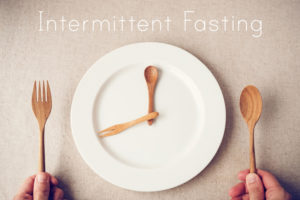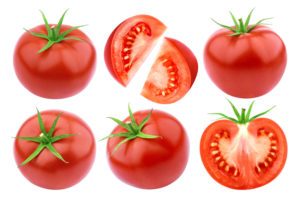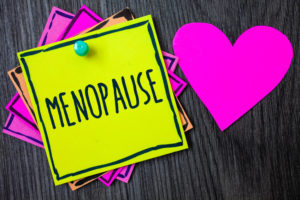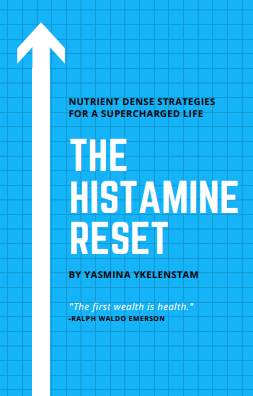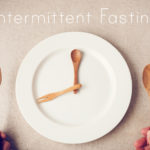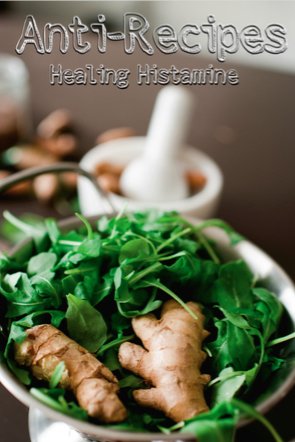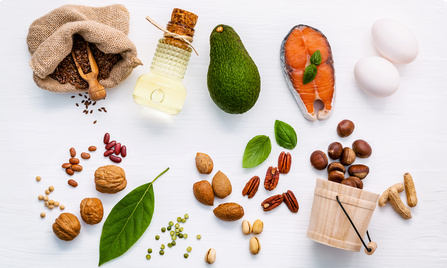
Studies indicate that vitamin E commonly found in a number of healthy foods can lower histamine, prevent mast cells from leaking inflammation into the bloodstream unnecessarily, and prevent or treat allergic symptoms. Not all vitamin E supplements are created equal however, and some research shows that the high levels found in them may contribute to certain cancers. All references can be found at the end of the post.
Hyper reactivity of histamine containing mast cells has been linked to a number health conditions like rheumatoid arthritis, atherosclerosis, multiple sclerosis, asthma and allergic rhinitis (runny nose), as well as others. A study published in the periodical Vitamins and Hormones states the authors’ belief that interfering with with mast cell activation, the process by which mast cells (a key component of the immune system) release histamine and other inflammation, may work as a preventative strategy in the management of these conditions.
Other recent animal studies show vitamin E inhibits prostaglandin formation and histamine release and that it reduced the incidence of allergic dermatitis. One study in particular found that the histamine lowering effect of vitamin E was significant in the lungs and skin, thereby preventing histamine induced inflammatory damage to the organs. The study notes that mast cell activity increases in diseases involving the swelling of these organs and that it may cause fibrotic and genetic changes relating to cancer.
A study published in The Lancet investigating IgE (standard allergic response marker) in animals found that higher concentrations of vitamin E were associated with lower levels of IgE. They concluded that their results are consistent with findings on the reported benefit of dietary vitamin E intake in asthma. A handful of human studies report that vitamin E may play a protective role in allergies and histamine release, particularly one published in the Journal of Central European Public Health.
As with all things, I say don’t run out and buy a bottle. I firmly believe that unless there’s a major deficiency, whole foods are a much better place to start. I make sure to get a good vitamin E intake from my diet and will supplement one day if I’m found to need it.
Dr. Joel Fuhrman (MD) does not include vitamin E in his supplements because an excess of it in supplemental form may contribute to cancer.
Histamine friendly food sources of vitamin E
Please remember, any food can hurt us so always be safe and check with your doctor. A compound or food with antihistamine properties can still cause problems and allergies to low histamine foods is very possible.
Almonds
Pecans
hazelnuts
Sunflower seeds
Flax seeds
Chia seeds
Swiss chard
Turnip greens
Asparagus
Beet greens
Broccoli
Mango
Salmon (not considered high histamine if very fresh)
Eggs (uncooked egg white is considered a mast cell trigger and eggs are allergenic)
You’ll find recipes full of foods with antihistamine and anti-inflammatory properties my books Anti-Recipes and The Anti-Cookbook
REFERENCES
Tsuduki, T., Kuriyama, K., Nakagawa, K., & Miyazawa, T. (2013). Tocotrienol (Unsaturated Vitamin E) Suppresses Degranulation of Mast Cells and Reduces Allergic Dermatitis in Mice. Journal of Oleo Science J. Oleo Sci., 62(10), 825-834. doi:10.5650/jos.62.825
Zingg, J. (2007). Vitamin E and Mast Cells. Vitamin E Vitamins & Hormones, 393-418. doi:10.1016/s0083-6729(07)76015-6
Fogarty, A., Lewis, S., Weiss, S., & Britton, J. (2000). Dietary vitamin E, IgE concentrations, and atopy. The Lancet, 356(9241), 1573-1574. doi:10.1016/s0140-6736(00)03132-9
Holick, M. (n.d.). Evaluation of vitamin D intake and serum 25 hydroxyvitamin D concentration on calcium metabolism. Http://isrctn.com/. doi:10.1186/isrctn18397898
Willumsen, N., Holm, J., Christensen, L. H., Würtzen, P. A., & Lund, K. (2012). The complexity of allergic patients’ IgE repertoire correlates with serum concentration of allergen-specific IgE. Clinical & Experimental Allergy, 42(8), 1227-1236. doi:10.1111/j.1365-2222.2012.04009.x
Picking the Right Multivitamin is Paramount As Most May Be Harmful to Your Health. (n.d.). Retrieved November 06, 2016, from https://www.drfuhrman.com/learn/library/articles/38/harmful-ingredients-in-supplements-picking-the-right-multivitamin-is-paramount-as-most-may-be-harmful-to-your-health



